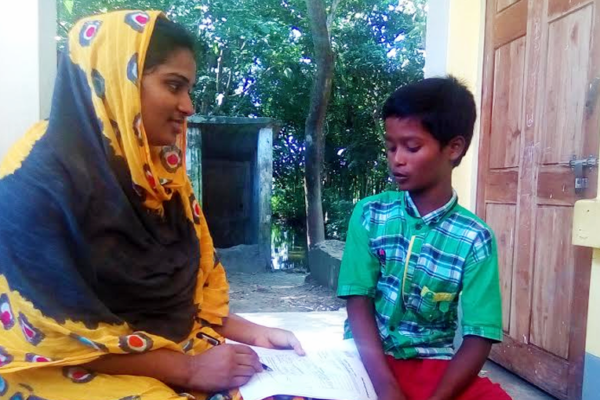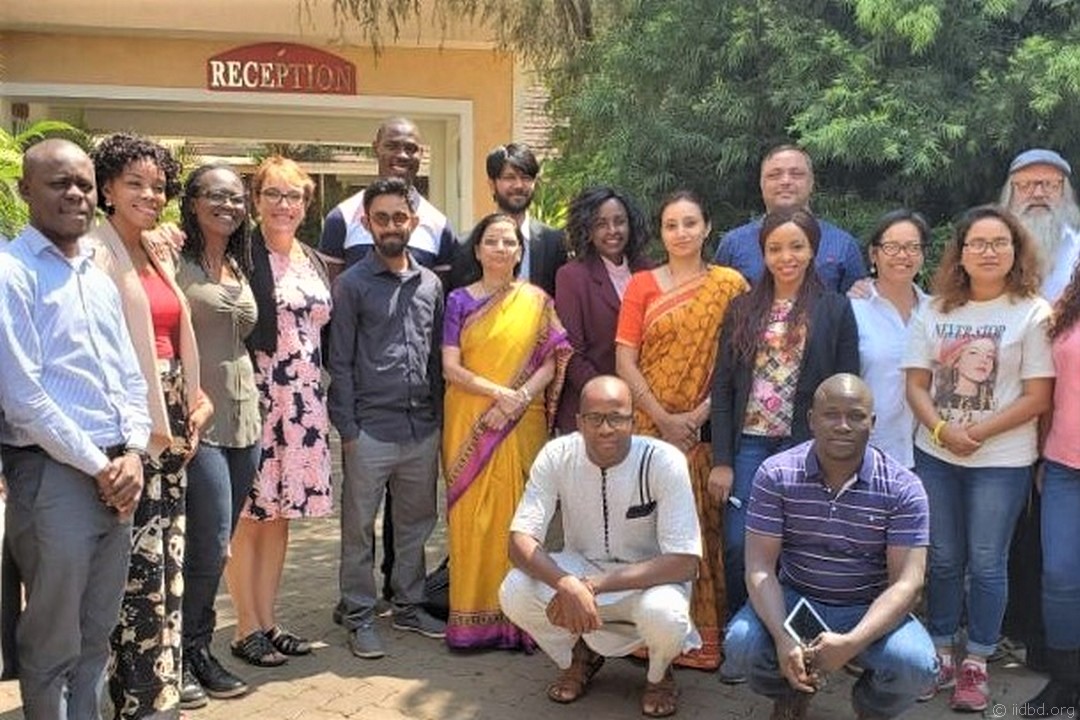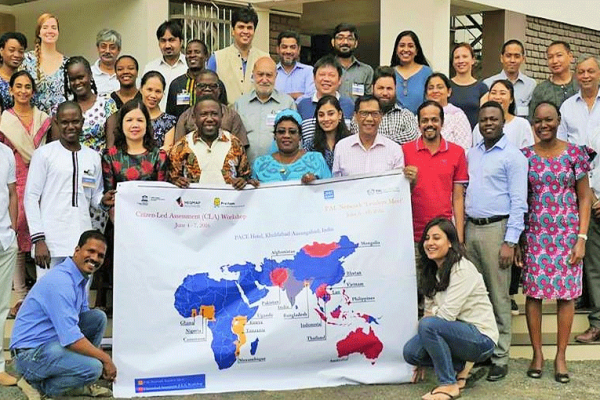“Measuring progress in education through assessment is important, but it is high time that we emphasis on assessment of the assessments to understand whether education attainment is advancing forward”, IID’s CEO Syeed Ahamed said while moderating a session at Frugal Innovation Forum, from 9th to 11th of November 2017, on ‘Rethinking assessment: Approaches to measuring student progress’.
He highlighted that the objective of assessment should be understood first. Do the assessment processes measure the functionality of the system or they target the learning outcome of the student. Is there any method to assess the both factor?
The speakers presented an overview of different learning outcome assessment tools those are used globally. The panel featured three members from the Network on Education Quality Monitoring in the Asia-Pacific (NEQMAP), including Syeed Ahamed of IID, Ranajit Bhattacharyya of ASER Centre and Vyjayanthi Sankar of CSSL. Among others, Owen Henkel of Pearson Affordable Learning Fund and Michael Stark of Educators International featured the panel.
Ranajit Bhattacharyya presented an overview on Annual Status of Education Report (ASER) assessment, which is the largest citizen-led survey in India and has been conducted for more than two decades. He talked about how ASER findings have been consistently featured in the government documents and have been influencing the national education policies as well. Ranajit Bhattacharyya highlighted that measurement approaches should be actionable, easy to comprehend and relevant to the country context.
Vyjayanthi Sankar, in her presentation on Centre for Science of Student Learning (CSSL) assessment process, mentioned the major problems with our education systems- children memorize the pattern of question rather than understanding the concept, assessment process do not focus on how well the students learnt and there is no training or research on the science of learning. She emphasized that measurement system should pin points the problems not only for the students but also for the teachers and the parents. And also, result of measurements should be shared with the students, teachers and all the stakeholders related to children’s learning.
The session as a whole focused on the major assessment approaches, how the best practices can be replicable and scaled and what are the leanings from the challenges each assessments are facing.
In education, assessment plays crucial role to measure, evaluate, and document the academic competencies, cognitive skill development, deficiencies in education system or growth in learning of the students. Assessments have been found important for education policy adoption.
There are various approaches and techniques to assess learning outcomes, for example internal assessment and external assessment (such as PISA and TIMSS). Internal assessesment can further be categorized into summative assessment and formative assessment. Apart from that there are other types of assessments too, such as class-room assessment, citizen-led assessment, school-based assessment and so on.
Every assessment has its pros and cons. For an instance, while internal assessment focuses more on grading than learning, it creates better impact policy compared to external assessment. On contrary, external assessment is more reliable as same standard is applied for all students. Although, it is difficult to compare learning outcomes between countries due the heterogeneity of content framework, types of items and assessment formats, data modeling and reporting, contextual information, and technology.



